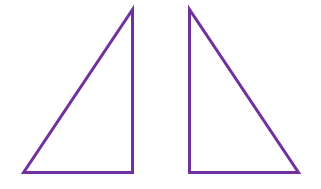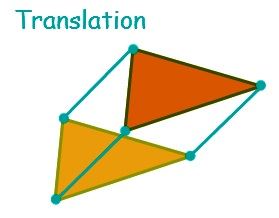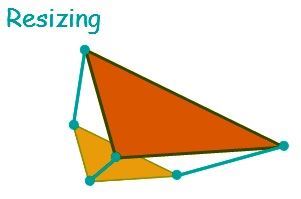Transformations
The geometric transformation is a bijection of a set that has a geometric structure by itself or another set. If a shape is transformed, its appearance is changed. After that, the shape could be congruent or similar to its preimage. The actual meaning of transformations is a change of appearance of something. There are basically four types of transformations:
Definition of Transformations
Transformations could be rigid (where the shape or size of preimage is not changed) and non-rigid (where the size is changed but the shape remains the same). These are basic rules which are followed in this concept. To transform 2d shapes, it is an easy method.
The transformation can be categorized by the dimensions of the operand sets, distinguishing between planar transformations and spaces. They can also be classified on their properties.
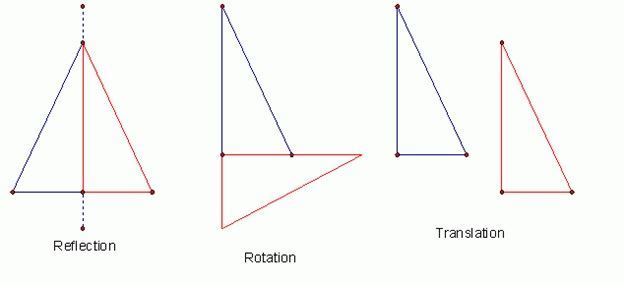
After all the transformations, these shapes still has the same size, angles, lengths and area.
Types of Transformations
When the size of a shape is increased or reduced then the image of the shape will be similar to the pre-image. The similar figures have dimensions equal in proportion.
But in the case of congruent, the transformation of objects is done by using rotation, reflection or translation. The shape is turned or flipped to transform into another shape.
There are four major types of transformations namely:
- Rotation
- Translation
- Dilation
- Reflection
Also, read:
Rotation
This type of transformation has an object about a fixed point without changing its size or shape.
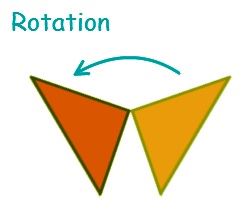
In the above figure, you can see, that the shape is rotated to form its image.
Learn more about rotation here.
Translation
This type of translation is defined as moving the object in space by keeping its size, shape or orientation constant. In a translation, each point of the shape must be moved in the same direction and for the same distance. When you are doing a translation, the primary object is called the pre-image, and the object after the translation is called the image.
Dilation
This type of translation expands or contracts the object by keeping its orientation or shape the same. This is also known as resizing.
Reflection
This type of translation is called reflection because it flips the object across a line by keeping its shape or size constant.
